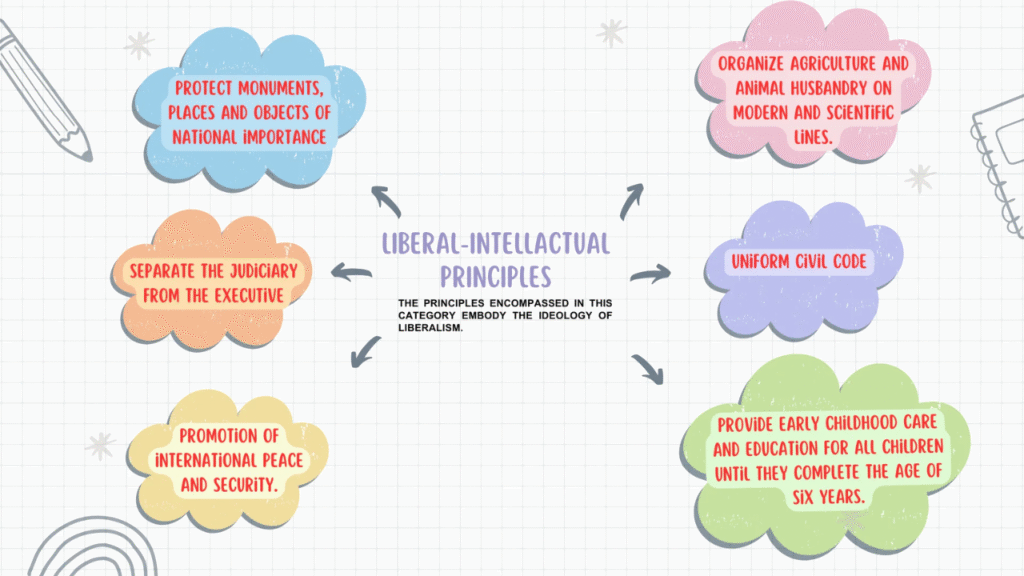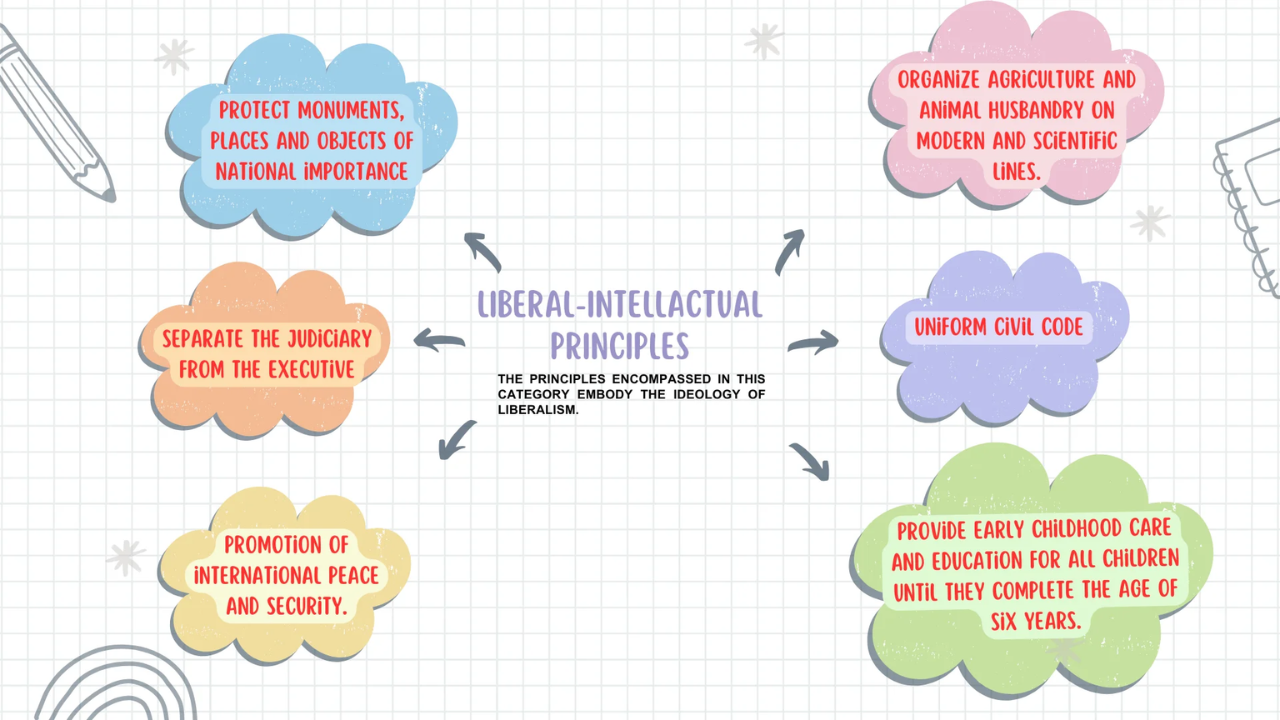
Entering public office often begins at the grassroots level, where community engagement and organizing lay the foundation for effective political leadership. Many state legislators start their political journeys by advocating for local issues, mobilizing residents, and building networks of support. This article outlines a roadmap that traces the path from grassroots organizing to a seat in the state legislature, highlighting key steps, challenges, and strategies for success.The Importance of Grassroots Organizing
Grassroots organizing involves mobilizing community members around shared concerns, fostering civic participation, and influencing local decision-making. It is a powerful tool for building political capital and credibility. Those who master grassroots techniques often develop the skills necessary to run for office and serve effectively as legislators.
Step 1: Community Engagement and Issue Identification
The journey begins with deep involvement in community life. Identifying pressing local issues, whether they be housing, education, or public safety, allows organizers to connect authentically with residents.
- Listening to Community Voices: Hosting forums, door-to-door conversations, and surveys gather critical insights.
- Building Coalitions: Partnering with neighborhood groups, nonprofits, and faith organizations strengthens the base.
Step 2: Developing Leadership and Advocacy Skills
Effective organizing requires a range of skills that translate well into political leadership.
- Public Speaking: Communicating clearly and persuasively at meetings and events.
- Event Planning: Organizing rallies, town halls, and voter registration drives.
- Conflict Resolution: Managing differing opinions within groups to maintain unity.
- Fundraising: Securing resources to sustain organizing efforts and future campaigns.
Step 3: Building a Network and Political Alliances
Successful organizers build extensive networks of volunteers, community leaders, and local officials.
- Mentorship: Seeking guidance from experienced political leaders accelerates learning.
- Party Involvement: Joining local political party committees opens doors to endorsements and campaign infrastructure.
- Media Relations: Developing relationships with local reporters and leveraging social media increases visibility.
Step 4: Launching a Political Campaign
Once a solid community foundation is established, transitioning to a political campaign involves new challenges.
- Defining a Platform: Articulating clear policy positions based on community needs.
- Voter Outreach: Expanding efforts to register and mobilize supporters.
- Campaign Management: Coordinating volunteers, budgeting, and adhering to election laws.
- Debate and Public Forums: Demonstrating knowledge and leadership skills in public settings.
Step 5: Serving in State Legislature and Ongoing Engagement
Winning a seat is only the beginning. Effective legislators continue to engage their communities while navigating the complexities of governance.
- Constituent Services: Addressing individual and neighborhood concerns.
- Policy Development: Crafting legislation informed by grassroots input.
- Collaboration: Working across party lines to advance community priorities.
- Continuous Community Presence: Maintaining accessibility and trust through regular outreach.
Table: Roadmap from Grassroots Organizing to State Legislature
| Stage | Description | Key Skills/Actions | Challenges | Tips for Success |
|---|---|---|---|---|
| Community Engagement | Identifying and connecting on local issues | Listening, coalition-building | Gaining trust | Be present and genuinely listen |
| Leadership Development | Building advocacy and organizational skills | Public speaking, event planning | Managing group dynamics | Practice conflict resolution |
| Network and Alliance Building | Forming political and community connections | Mentorship, party involvement | Access to influential networks | Seek diverse alliances |
| Political Campaign Launch | Running for office with a clear platform | Fundraising, voter outreach | Limited resources, opposition | Build a strong volunteer base |
| Legislative Service | Governing with community input | Policy-making, collaboration | Balancing diverse interests | Maintain transparency and access |
Examples of Leaders Who Followed This Path
- Angela King: Began organizing neighborhood associations before winning a state house seat focused on affordable housing.
- David Nguyen: Active in immigrant rights groups, Nguyen leveraged his grassroots base to campaign on education reform.
- Maria Sanchez: Organized voter registration drives in Latino communities prior to serving as a state senator.
Overview Table: From Organizer to Legislator – Key Competencies and Milestones
| Competency | Developed Through Grassroots Work | Application in Legislature | Importance |
|---|---|---|---|
| Community Listening | Door-to-door canvassing, forums | Constituent services, policy input | Ensures responsive representation |
| Leadership and Communication | Public speaking, group coordination | Debates, coalition-building | Builds credibility and trust |
| Strategic Networking | Partnerships with nonprofits and parties | Securing endorsements and resources | Facilitates legislative success |
| Campaign Management | Organizing events, fundraising | Running re-election campaigns | Sustains political viability |
| Policy Understanding | Issue advocacy and education | Drafting and negotiating legislation | Drives effective governance |
FAQs
Q1: Why is grassroots organizing important before running for office?
A1: It builds community trust, hones leadership skills, and creates a reliable support network essential for a successful campaign.
Q2: How can aspiring candidates develop necessary campaign skills?
A2: Volunteering on other campaigns, attending training workshops, and seeking mentorship are effective ways to learn.
Q3: What challenges do grassroots organizers face when running for legislature?
A3: Common challenges include limited funding, political opposition, and balancing campaign demands with community commitments.

